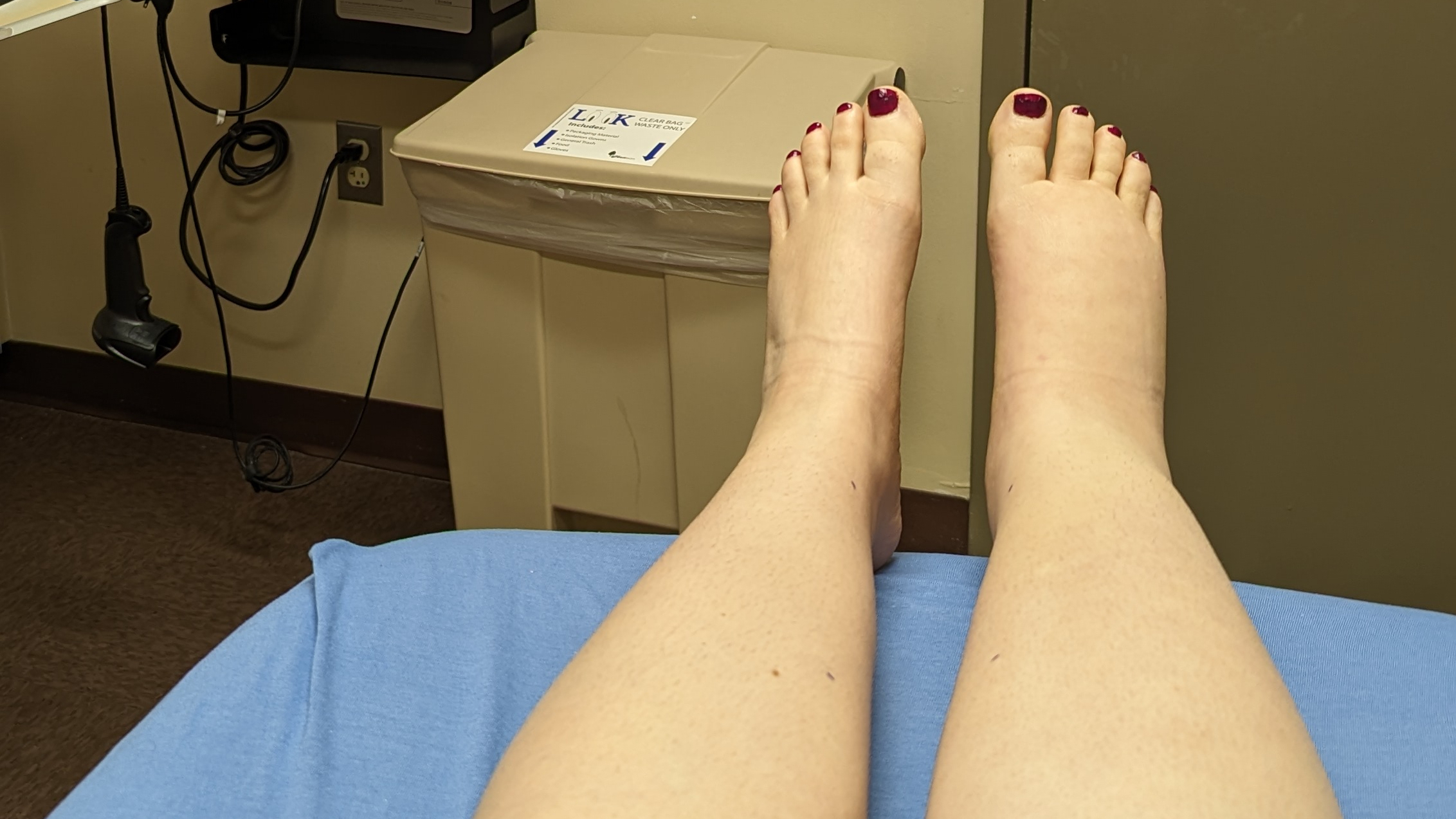Lymph node removal is a common aspect of cancer surgeries because it helps remove cancer cells that have spread from the primary tumor. Sometimes, this type of surgery can create a blockage in the lymphatic system that prevents fluid waste from draining from the area, leading to a condition we are all very familiar with: lymphedema.
The risk of developing lymphedema post-surgery is chiefly aligned with lymph node removal. When it comes to quantifying the risk, estimates tend to vary depending on the type of surgery:
- Patients who undergo axillary lymph node dissection have a lifetime risk of 15-25%
- Patients who undergo sentinel node techniques without adjuvant radiation have a lifetime risk of about 6%
- 90% of the cases of lymphedema development occur within the first year following surgery and radiation therapy; if you haven’t developed lymphedema after three years post-surgery, the risk remains, albeit smaller than before.
(source: LE&RN)
Many doctors are regrettably under-educated about the lymphatic system and lymphedema in general, and oftentimes cancer patients are not aware of the risks before undergoing lymph node removal. To survive cancer and then find out you have a potentially permanent and progressive disability can be devastating for many patients, and the diagnosis requires some life adjustments, not just physically but mentally as well.
For years, surgeons have explored the technique of lymph node transplant—taking lymph nodes from elsewhere in the body to replace the nodes removed during cancer treatment—although this type of surgery carries a risk of lymphedema developing at the donor site. Researchers at Memorial Sloan Kettering Cancer Center, along with reconstructive surgeon Dr. Joseph H. Dayan, have developed a method for selecting lymph nodes for transplant that could minimize this risk: reverse lymphatic mapping.
Reverse lymphatic mapping allows surgeons to figure out which lymph nodes are appropriate for removal while also reducing the risk of lymphedema at the donor site. Prior to reverse lymphatic mapping, there weren’t clear guidelines in place on how to identify which nodes drain what. Now, with the use of mapping, surgeons know that removing the lymph nodes that drain the trunk of the body don’t usually cause lymphedema, whereas removing the ones that drain the arms and legs usually do.

“Assume we want to take lymph nodes from the groin and put them under the arm for a patient with breast cancer–related lymphedema,” Dr. Dayan says in an interview on the MSK Blog. “We inject one type of dye into the foot and a different type of dye into the lower abdomen. The first type of dye allows us to trace the location of lymph nodes draining the leg, so we know to avoid them. The second dye reveals the lymph nodes draining the lower abdomen, which can be removed without causing problems.
“The mapping has dramatically increased the safety of transplants,” according to Dr. Dayan, “because we can see the drainage pattern.”
The use of reverse lymphatic mapping could prove crucial in preventing a lot of post-cancer lymphedema cases because of the amount of risk reduction it brings to lymph node transplants. This is just one of a couple different research initiatives happening for lymphedema: another reconstructive surgeon at Memorial Sloan Kettering, Babak Mehrara, is currently investigating the use of drugs as a means of alleviating or reversing lymphedema.
Through the great and dedicated minds at places like Memorial Sloan Kettering, we are getting closer and closer to relief—and ultimately a cure—for lymphedema!
Header photo by Steve Snodgrass on Flickr.




Leave a Reply